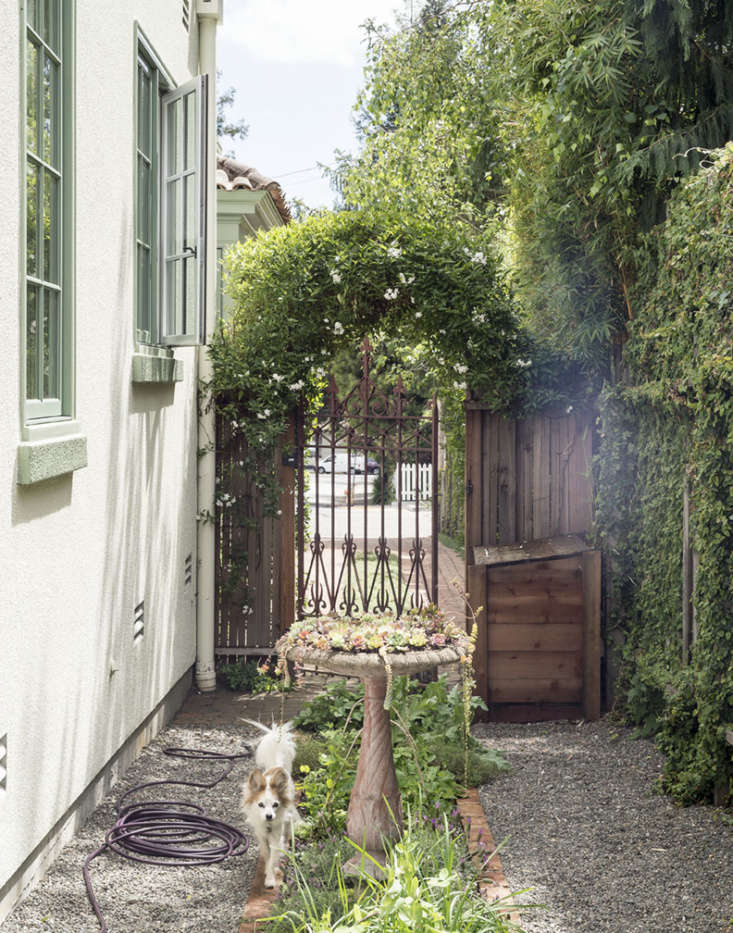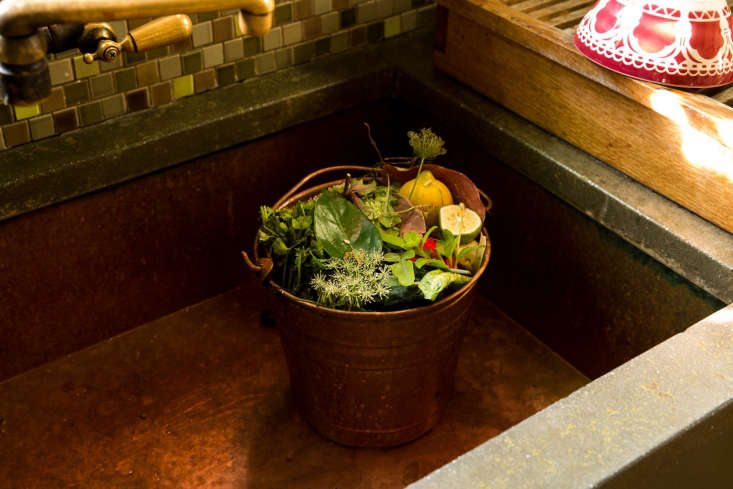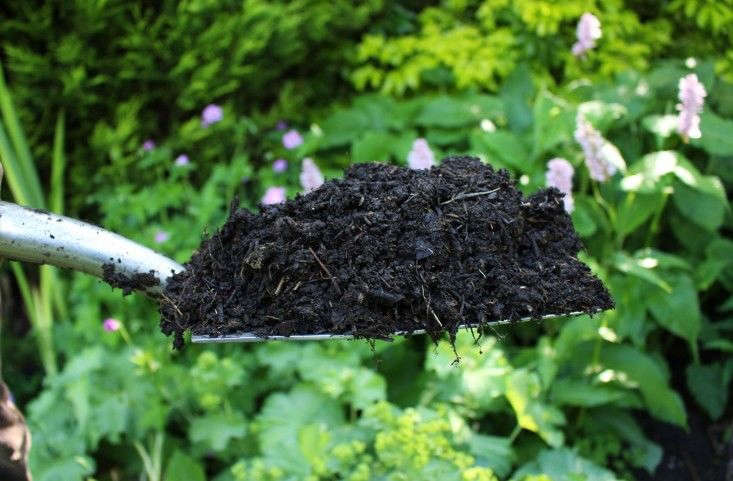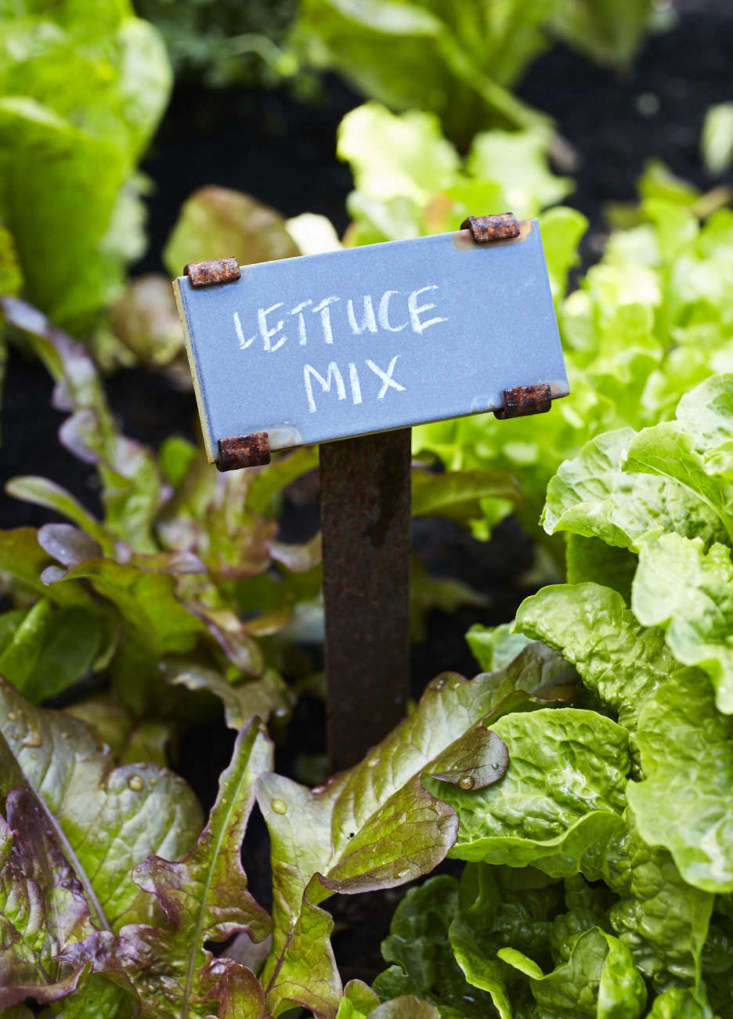Does composting have a dark side? Let’s just say I’ve made a few mistakes.
There was the time, for instance, when my husband and I decided to mix the materials in the compost bin to speed up the process. I held the lid open as he jammed in a pitchfork. Imagine our surprise as a fat brown rat suddenly leapt from the depths of the grass clippings, ping-ponged off the pitchfork handle, and landed on the top of the fence.
As the rodent ran off, my husband and I shrieked. He dropped the pitchfork, I slammed shut the bin, and we ran inside the house to cower behind the kitchen door. We didn’t open the compost bin again for six months.
Don’t let composting take you surprise. Be prepared by knowing these tips: 10 things nobody tells you about compost.
1. It can take up to two years to make compost.

Does your neighbor brag about producing perfect compost in three months while you, meanwhile, have been nursing an anemic pile of scraps for more than a year with no results? Don’t despair. It may take you up to two years to transform trash into lovely black compost. But you can speed up the process—and give your neighbor some competition—if you tweak a few things.
First, the background. To make compost, you need four things: the raw ingredients (organic matter, plus water, oxygen, and bacteria (the good kind). Tinker with the mix to see speed things up. For instance, if you shred, chop, or cut up larger materials such as leaves, twigs, and grass clippings, the will break down faster. If your pile seems dry, spray with the hose and mix everything using a pitchfork.
2. Dryer lint belongs in compost bin.

If your clothes and bath towels are made of natural fibers (such as cotton), the lint that accumulates in the dryer screen can go straight to the compost pile. Cotton is a plant, after all.
3. Rats want to live in your compost bin.

If you throw the wrong kind of food scraps—including bread, pizza crusts, meat, or cheese—into a compost bin, consider this an invitation to local rat population to stop by for a meal. And once vermin gets in the bin, those rodents are likely to settle in and get comfortable. After all, it’s warm and dark and safe in there.
Avoid turning your bin into a rodent motel by limiting the vegetable matter you compost to yard and garden scraps. (If you do add the occasional orange peel or raw vegetables, bury them deep in the pile where it’s hot enough to break them down fast.
Also, get a secure bin that closes tightly—on all sides, including the bottom—to keep rodents from slipping in through between the slats.
4. Don’t compost bread, cooking oil, or meat.

Beyond attracting hungry rodents, certain kinds of food waste can mess with your compost. For instance, cooking oil can ruin the moisture balance and make it harder to produce compost.
5. Your compost bin may be a breeding ground for bacteria.

Some kitchen waste, such as animal products, may introduce the wrong kind of bacteria (anaerobic) into the compost pile.
Anaerobic bacteria won’t produce enough heat to break down the compost bin’s materials quickly. They also can produce unpleasant (to humans) odors) that will attract scavengers and insects.
6. Your bin does not need to get “heat up” to create compost.

If you’re patient, your organic materials will turn into compost eventually—even if they never “heat up” to 120 degrees Fahrenheit (the magic temperature for “cooking” compost fast).
7. Before you buy compost, ask what’s in the bag.

If you buy compost, task what you’re buying before you bring it home: it could be yard waste compost, manure compost, mushroom compost, or vermicompost.
If you get compost from a municipal facility, it is likely to have been made primarily from grass clippings or shredded leaves. Best use: Mix it into heavy soil or clay to lighten it (you’ll need to add fertilizer, as well, when you dig it in.)
Composted manure is a very rich substance; if you buy it in bags, it has been treated to kill bacteria. If you get it in bulk, it’s best to add it to soil in autumn; by the time the spring growing season rolls around, bacteria will have died.
Sold in bags, mushroom compost is generally a type of composted manure which was used to grow sprout mushrooms. After the mushroom harvest, the soil gets sold as mushroom compost. It is rich in nutrients but may have a strong smell.
Worm castings diluted with soil is the mix that is typically sold as vermicompost.
8. Your compost pile should never smell bad.

If your compost pile smells bad, it’s trying to tell you it needs more oxygen. The solution may be as simple as to aerate it, mixing it with a pitchfork or adding more paper or wood chips to the pile. If you smell rotten eggs, that means the pile is producing hydrogen sulfide; turn it well so the bottom layers are exposed to more air circulation.
If you smell ammonia, that’s a sign of high nitrogen levels (probably from grass clippings). Add paper, wood chips, and more raw vegetable matter.
9. Composting can break down pesticides.

It’s OK to compost grass clippings and plant matter that may have been treated with pesticides becaue the composting process will break down the chemicals. For more information on this topic, see Cornell University’s guide to composting.
10. When in doubt, turn your compost.

Read more about composting:









Have a Question or Comment About This Post?
Join the conversation